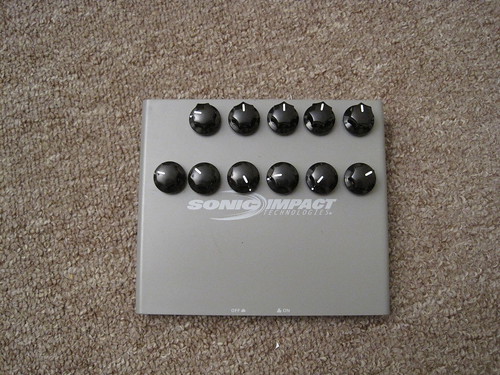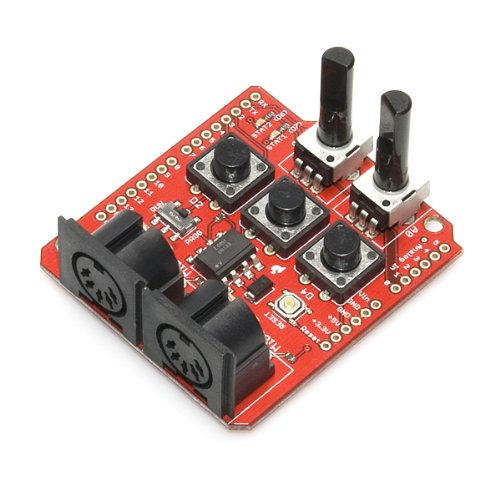This
One-Line Music Program in C started off the small craze:
A large number of
interesting variations percolated in one place. I put a few into a CERB40 and can play them as if they were an octave-wide instrument through a pressure-sensors. No time for a video right now, but if you had been at AtParty2013, you would have seen it.
A world of brief, tingling 8-bit songs
People on this blog in particular >>>
Counter Complex Blog <<< really acted inspired, writing additional one-line songs just by tweaking the algorithm a number of different ways and listening until it sounded good. I was able to type up some of them and put them into an STM32F4 processor, but more about that later :)
The author returned with a second, delicious-sounding one-line C program which I eventually turned into a music instrument:
A Smartphone App
The speed of the world shocked me when I discovered nowadays, you can buy a smartphone app that lets you type in formulas and hear the results and even play them out through the screen on your cell phone. I would love to rig that up to some larger, more formal instrument.
Repeating it with an Arduino
Nowadays, you can do this kind of thing with an Arduino:
Although I saw if you're going to go that right, get a quality CPU, like the Leaflabs Maple or Maple Mini:

While we're on topic of Arduino Instruments, here's another cool one, using a real keyboard:
Recalling Ancient Wisdom
One of the posters on that forum included this link in particular, which I found extremely interesting because it contains a curated set of ethereal sound programs just waiting to be unleashed:
Algorithmic Music Synthesis
To me, the original inventor of the DSP Music Box is Ethan Bordeaux.
- Since his work in the 1990s, creating a DSP Music Box is still a rare and special thing.... Although, somehow, there is an actual lecture on it. Who knew!






